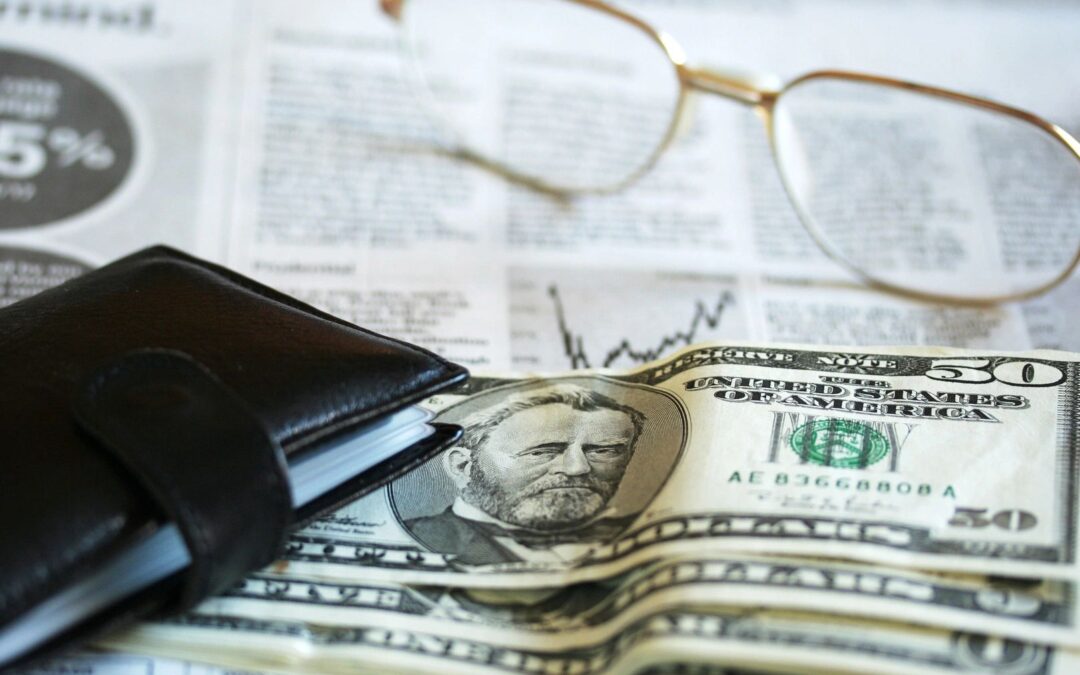By Sue Gerber and Matt Johnson –
Proof of prior art is an issue that often arises in inter partes and post grant review proceedings before the PTAB. In a recent decision, the Federal Circuit explained the quantum of proof that is required to establish prior art, particularly when the prior art being asserted is the patent challenger’s own invention. Mosaic Brands, Inc. v. Ridge Wallet LLC, — F.4th —, 2022 WL 17814226 (Fed. Cir. Dec. 20, 2022).
In Mosaic Brands, the patent at issue involved an invention for a money clip wallet. The accused infringer challenged the validity of the patent because its own invention was on sale more than a year before the patent owner’s patent application was filed. The Federal Circuit first explained the corroboration required to prove that the prior sale was prior art: “When a party claims that its own invention predates, and therefore anticipates, a patent asserted against it, the oral testimony of the inventor of the purported prior art must be corroborated.” Id. at *6. The reason for this requirement is “to protect against fraud and ‘provide[] an additional safeguard against courts being deceived by inventors who may be tempted to mischaracterize the events of the past.’” Id. The court explained that possible corroborating evidence, from most to least probative, includes documentary and physical evidence created at the time of conception or reduction to practice, circumstantial documentary evidence, evidence about the inventive process, and oral testimony by someone other than the inventor. Id. In assessing the sufficiency of this corroborating evidence, courts apply “the same standard … for all §102 issues.” Id. at *6, n.9. That standard is a “rule-of-reason analysis,” and the court will consider all pertinent evidence in assessing whether inventor testimony has been sufficiently corroborated. Id.
Even if the asserted prior art is sufficiently corroborated, the court explained that the inquiry is not over—the credibility of the testimony and corroborating evidence must also be assessed. Id. at *6. The Federal Circuit found that because the evidence submitted was conflicting and disputed, those genuine issues of material facts should have defeated the challenger’s motion for summary judgment. Id. at *7. In fact, the court cautioned that “[e]ven where there are no affidavits from the party opposing judgment (the patent holder), it will often be appropriate to deny summary judgment because the prior inventor’s testimony raises issues of credibility that require a trial.” Id. The Federal Circuit reversed the district court’s summary judgment and remanded for further assessment of the credibility of the evidence submitted to prove up the prior art.
The takeaways from this decision apply to both patent owners and petitioners. The petitioner asserting its own invention as prior art must submit fully corroborated, credible evidence to satisfy this high evidentiary hurdle. And the patent owner facing a such challenge can cite this authority if the petitioner fails to carry its burden of proof.
Matthew Johnson
Latest posts by Matthew Johnson (see all)
- Delegated Rehearing Panel Sends Lifeline to Mercedes-Benz - June 27, 2025
- PTAB Clarifies Interim Workload Management Process - June 19, 2025
- April 2025 Institution Rate Slips Below 45 Percent - June 6, 2025

